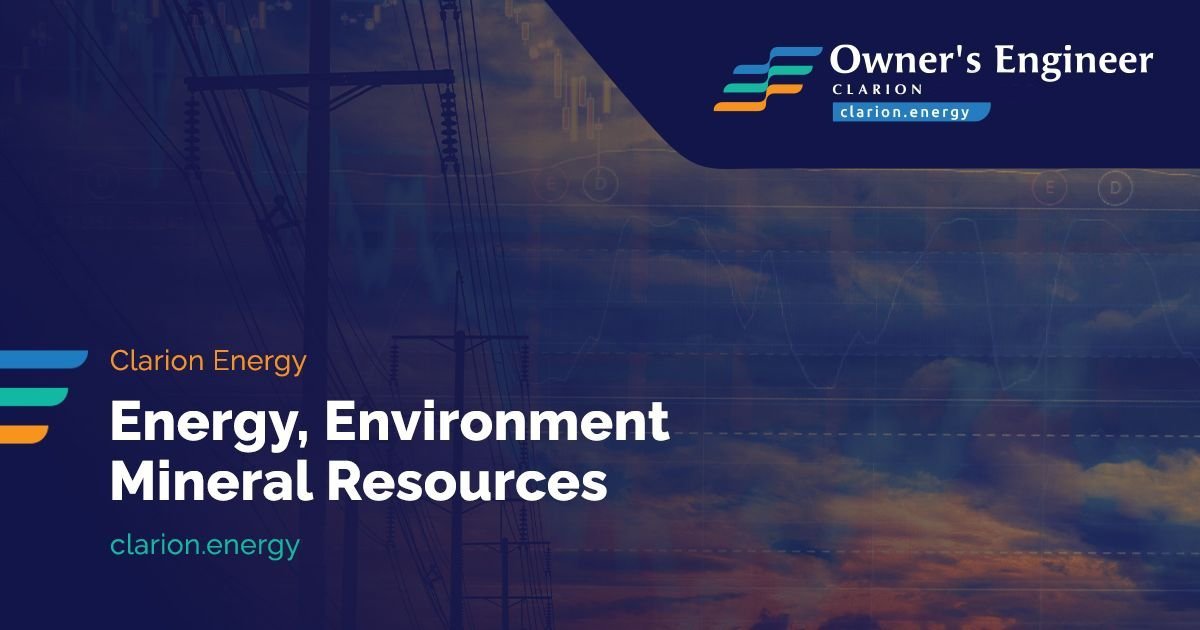In late February, the port of Zeebrugge in Belgium welcomed the “Christophe de Margerie,” a liquefied natural gas (LNG) vessel from Russia. This occurrence, capturing a regular influx of Russian tankers into European ports, raises concerns among observers.
The Arc7-class icebreaking tankers, including the “Christophe de Margerie,” routinely anchor in Zeebrugge. Commissioned by Novatek, these tankers transport LNG from Russia’s Arctic Yamal Peninsula to Europe during winter.
Owned in part by oligarch Gennady Timchenko, a close associate of President Vladimir Putin, these LNG tankers continue to access EU ports despite sanctions. Each delivery carries a minimum value of 30 million euros.
Despite the recent implementation of a 13th sanctions package against Russia by the EU, gas deliveries remain unaffected. Even the German Federal Government refrains from advocating sanctions on gas deliveries, citing a “tense supply situation.” Although Germany officially claims to no longer receive Russian gas, there’s a possibility of smaller quantities entering indirectly through neighboring European countries.
Several EU member states, such as Hungary, have signed new agreements with Moscow for additional gas deliveries. In France, Total, an energy company, is actively engaged in LNG projects on Russia’s Yamal Peninsula. Despite reduced gas imports via pipelines, LNG trade persists, contributing to approximately 15% of the EU’s total gas consumption from Russia.
LNG has become crucial for the Kremlin, nearly as important as other gas revenues. The annual estimated value of LNG transported to and through Europe stands at around twelve billion euros. Putin aims to double this business in the coming years, seeking to reestablish Europe’s dependence on Russian gas, according to environmental activist Vladimir Slivyak.
European LNG terminals in ports like Montoir-de-Bretagne, Bilbao, or Zeebrugge not only receive LNG for the EU but also serve as major transit centers for further global transport of Russian LNG. However, this contributes not only to additional climate burdens in Europe but also actively supports financing Russia’s war on Ukraine.
If the EU were to prohibit transshipment in its ports for the international market, Russian LNG trade would become significantly more challenging and expensive. Energetic expert Angelos Kutsis suggests that vessels would have to travel to Turkey or Egypt, incurring higher costs and longer transit times.
Energy expert Georg Zachmann believes the EU could eventually refrain from importing Russian LNG. Currently, Russian LNG accounts for 11% of total consumption in Belgium, 13% in France, and 25% in Spain. Despite the good global LNG supply, the EU plans to completely end business with Russian gas by 2027.
The European Parliament demands stricter sanctions and a complete halt to Russian LNG imports. The German Ministry of Economic Affairs, responding to ARD journalists, stated that the EU is working on a regulation allowing members to temporarily restrict imports. However, the EU plans to finalize the cessation of Russian gas business only by 2027.
Economist Ulrike Malmendier insists that the EU should immediately agree to stop importing Russian gas, emphasizing that this is precisely what the European Union was created for.









